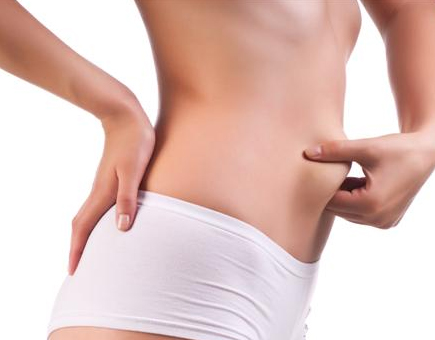Today, one of the most common problems involving aesthetics, and healthcare in general, is excess weight.
Simply put, this is fat tissue that accumulate over the years and contribute to the image of “overweight, obese, or unhealthy”.
The problem is not simply skin deep, as excess weight carries health risks such as increased incidence of all types of cancer, depression, diabetes, increased incidence of heart disease and stroke, high blood pressure, etc.
The treatments for such conditions take a multi-prong approach: Lifestyle change and the psychological process of doing is the first and perhaps the most important step for achieving long-lasting results. Most of the strict diets and extreme weight loss programs have been shown to end up with regaining most of the lost weight at one year, if they are not accompanied with long-lasting behavioral modifications.
Today, there are many different approaches to diet and medications for weight loss. The recent “hCG diet” involves using injectable ( or sometimes sublingual, or even topical hCG) paired with an intense and strict diet over several weeks. The results are dramatic, but recent evidence has cast doubt on wether the results can be achieved with diet alone without the hCG usage.
Medications have been used targeting different components of the food cycle: from “appetite suppressants” to increasing metabolism, to decreasing absorption ( a state of selective malabsorption leading to weight loss), causing various amount of weight oss, success, and side effects.
Surgical approaches for generalized weight loss have also evolved significantly over the years: The gold standard being gastric bypass surgery ( with many complications that occur over years after the procedure). Newer procedures have been introduced such as gastric reduction surgery, lap band, and even insertion of a non-absorbable bubble into the stomach to induce the sense of fullness ( not approved for use in USA).
Generally, surgery for removal of the fat and excess skin alone is not advised if the obesity is generalized ( everywhere), as removal of just a small part of the fat would leave a disproportionate body and a disfigured person.
The fat reduction procedures are best suited for persons that are close to normal weight, and with stubborn areas of excess fat/loose skin that won’t resolve with diet and exercise alone. for these individuals, the choice is either surgical or non-surgical.
Surgery offers immediate satisfaction, often visible when the excess numbing fluid placed under the skin to render the surgery safe, is resorbed. The results improve after the initial phase of fat removal. The improvement depends on the area, how much fat has been removed, how much excess skin has been removed, and wether any skin-tightening measures ( such as laser) were undertaken during the procedure. The recent years have seen a dramatic and fast expansion of methods to make this procedure safer, faster, and with better aesthetic results. The use of lasers, ultrasound, water jet, etc, have all improved the outcome to various degrees in select individuals. In order for you to undergo such procedures, you will need to be relatively healthy, specially not having any liver or kidney disease. The recovery involves wearing a compression garment for several weeks, and there are the usual surgical risks; the most common ones are bruising, bleeding, and infection among others ( although they do not happen often).
The latest trend is non-surgical skin tightening and fat reduction. these procedures either involve freezing pads, ultrasound waves, or radio frequency treatments. The use of infra red lasers for skin tightening has a proven track record, but to-date, the fat reduction results with infra red lasers have been modest at best and in a minority of individuals. Chilling pads called cryolipolysis have had a proven track record of success for fat reduction. There are a few technologies available for each modality.
Our choice has been using Cryolipolysis. This technology both tightens the skin, and can treat excess fat anywhere on the body. The treatment feels hot, and there are no numbing, needles or cuts. The result takes place over weeks to months. Typically around 2-3 months after finishing the singl of treatment, the results are visible. The results only last as long as the natural aging process does not deteriorate the body more, or as long as appropriate diet is observed. The most common advice is: do not break your diet just because you got a fat-reduction procedure. The remaining fat cells have an amazing ability to expand to 100 times their original volume once they have been fed too much.
Whatever your need is, your health care professional can direct you in the right path for achieving your desired results.

